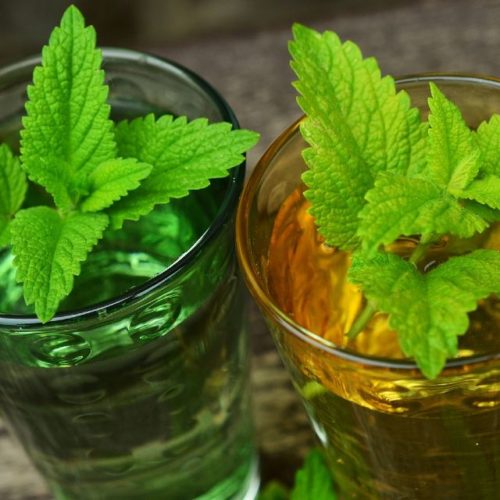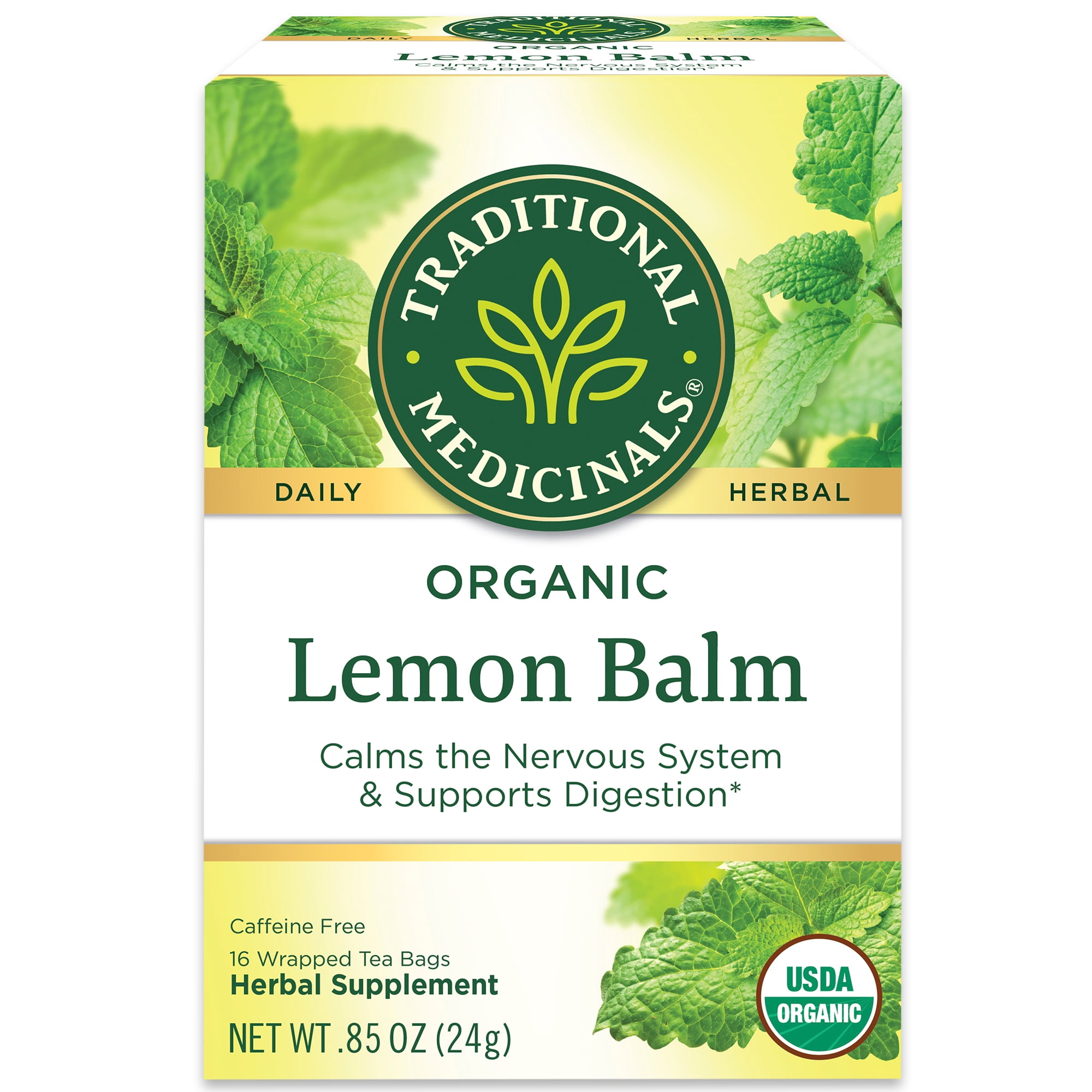

Simply gather cuttings into groups of five to six stems, tie them together and hang the bunches in a warm, airy location. Lemon balm can be harvested 2 or 3 inches from the base of the plant, and each time it is cut it comes back with vigor! I like to use my lemon balm fresh, but you can dry cuttings and keep your extra harvest. I harvest my plants at least three times each summer and still have more than I can use from just one plant. Mine rarely flowers, however, because I cut it so often. Small white or pale yellow flower clusters attract bees and butterflies. A quick touch and the foliage releases its wonderful lemony scent. I like to use it in my garden and in containers around my patio area where it is easy to reach. As a member of the mint family, it is a durable perennial that should last in your garden indefinitely.Ī sunny spot in moist, but well-drained soil works best, but it can also tolerate drought really well – so you don’t have to coddle it. Lemon balm grows into a bush about 18 inches around. Planting, growing and harvesting lemon balm I can’t resist grabbing one each time I pass to smell the lovely lemon scent.

Lemon balm is not the most beautiful plant, but I think the serrated leaves are pretty.

I first discovered the wonderful garden merits of this plant in 1984 and have been growing it in my home garden ever since. I discovered lemon balm ( Melissa officinalis) through my plant evaluation. Back in 1653, English botanist Nicholas Culpeper wrote that lemon balm “causeth the mind and heart to become merry.” What better endorsement could there be for a plant?Īpparently, the International Herb Association agrees, bestowing the title of “2007 Herb of the Year” on this versatile and easy-to-grow plant that’s too often overlooked by modern gardeners.


 0 kommentar(er)
0 kommentar(er)
